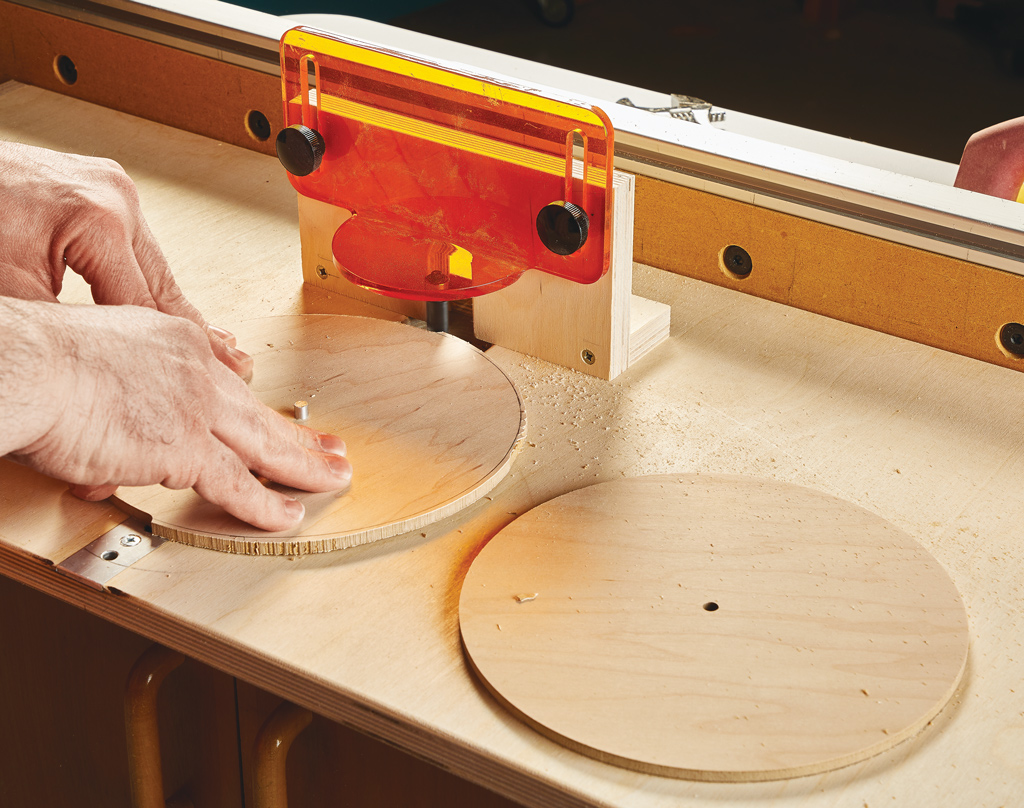I often turn to the router table to create a clean, flat-bottom rabbet. This is particularly important if the rabbet is going to be visible. You can see the basic here. One thing I want to point out is that I use the fence for just about every rabbet. The reason is control. Of course, the fence is required for rabbets made with the straight bit. But even when using the rabbeting bit, the fence provides support for the workpiece as you approach the bit and during the cut. Another advantage of the fence is it allows me to use a featherboard (or two). This prevents the workpiece from riding up on the bit and ensures the rabbet depth is consistent. With the featherboard in place, I can concentrate on the feed rate and holding the workpiece against the fence.

The most common type of rabbet you’ll make is along the edge of a workpiece. Here, the enemy is chipout. The simplest way to prevent it is to use the right technique. In fact it’s mostly a matter of taking your time. Don’t be in a hurry to rout the rabbet all at once. Unless the rabbet is small (1/4" wide or less), it’s a good idea to do the job in several, shallow passes. The first pass is a shallow, scoring cut that’s about 1/16" wide. The job of the next few passes is to hog out the waste. Since appearance isn’t important, these cuts can be larger, but no more than 1/4". For the final pass, I switch back to a light cut that guarantees that the inside edge of the rabbet will be clean and smooth.

When it comes to routing a rabbet on the end of a narrow piece, it can be difficult to keep it square to the bit. And the unsupported back edge of the workpiece can chip out. Thankfully, there’s an easy solution — a backer board. The backer board gives the workpiece a wider bearing face, and it supports the back edge of the workpiece to prevent the bit from tearing out the wood fibers as it exits the cut.













